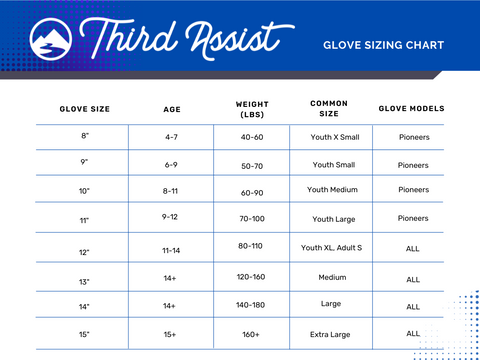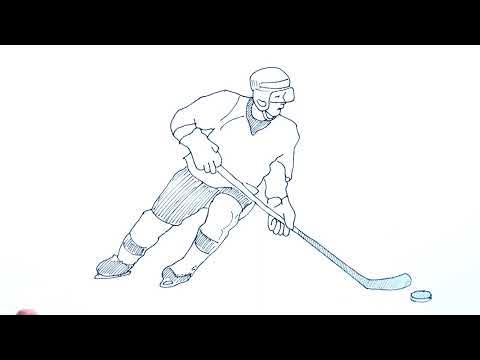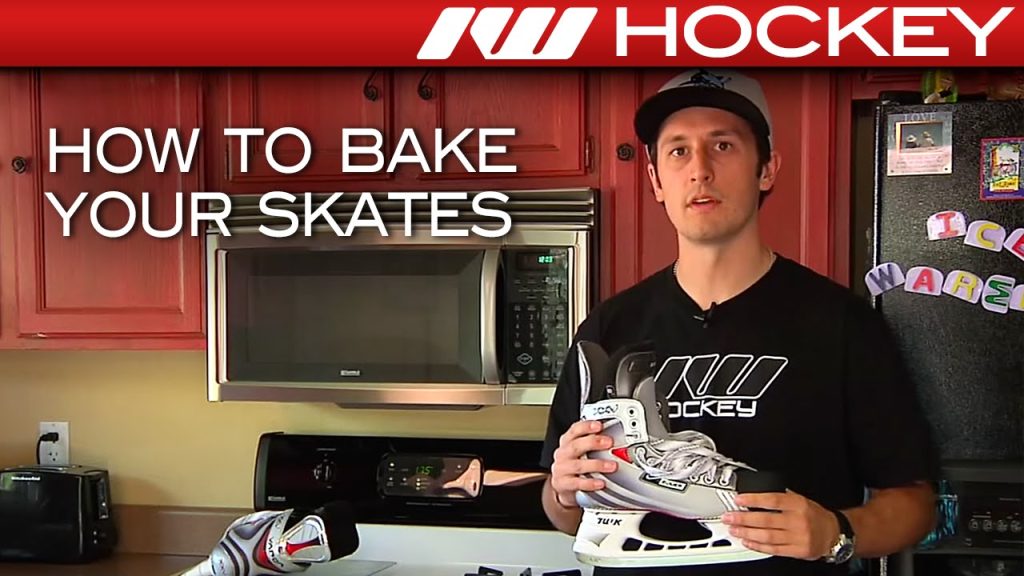To size ice hockey gloves, measure from the base of your palm to the tip of your middle finger. This measurement ensures the right fit for comfort and protection.
Ice hockey gloves are crucial for players. They protect your hands and wrists while allowing flexibility. But, finding the perfect size can be tricky. A glove that’s too big can affect your grip, while one that’s too small can be uncomfortable.
Properly sized gloves improve your game performance and safety. In this guide, we will help you find the perfect fit. You’ll learn how to measure your hand and choose the right glove size. Let’s get started on finding the best gloves for your ice hockey needs!
Importance Of Proper Fit
Choosing the right size of ice hockey gloves is crucial. Proper fit affects your performance and safety on the ice. Loose or tight gloves can hinder your gameplay. They can cause discomfort and increase the risk of injury. Understanding the importance of proper fit can improve your game experience.
Enhancing Performance
Well-fitted gloves provide better control of your stick. They allow for more precise movements. This can improve your passing and shooting accuracy. Gloves that fit well also enhance your grip. This helps you hold onto the stick firmly. It leads to more confident and effective play.
Preventing Injuries
Properly sized gloves protect your hands from injuries. They provide the right amount of padding. This helps absorb impacts from pucks and sticks. Gloves that fit well also prevent blisters. Loose gloves can cause rubbing and irritation. Tight gloves can restrict blood flow. Both can lead to injuries and discomfort.
Measuring Your Hands
Properly sizing your ice hockey gloves is essential for comfort and protection. Measuring your hands is the first step in finding the perfect fit. Follow this guide to ensure you get the right size.
Tools Needed
- Flexible measuring tape
- Pen and paper
Step-by-step Guide
- Measure the length of your hand: Start from the base of your palm. Measure to the tip of your middle finger. Write down this measurement.
- Measure the width of your hand: Wrap the measuring tape around the widest part of your hand. Exclude the thumb. Record this number.
- Find your glove size: Use a sizing chart from a reputable brand. Compare your measurements to their chart. This will help you determine your glove size.
Here’s a simple table to help you understand the measurements better:
| Hand Length (inches) | Hand Width (inches) | Glove Size |
|---|---|---|
| 6.5 – 7 | 3.5 – 4 | Small |
| 7 – 7.5 | 4 – 4.5 | Medium |
| 7.5 – 8 | 4.5 – 5 | Large |
Using the correct size will enhance your performance. It will also prevent injuries. Remember, the right fit is crucial.
Understanding Glove Sizes
Finding the right size for ice hockey gloves is crucial. It ensures comfort and protection. But understanding glove sizes can be confusing. Here, we’ll break it down for you.
Youth Vs. Adult Sizes
Ice hockey gloves come in youth and adult sizes. Youth sizes are for younger players. These sizes are smaller and designed for smaller hands. Adult sizes are for older players with larger hands. It’s important to choose the correct category based on age and hand size.
Size Charts Explained
Size charts are essential in choosing the right glove size. They guide you based on hand measurements.
Here’s a simple table to explain glove sizes:
| Hand Measurement (inches) | Glove Size | Category |
|---|---|---|
| 4 – 5 | 8″ | Youth |
| 5 – 6 | 9″ | Youth |
| 6 – 7 | 10″ | Junior |
| 7 – 8 | 11″ | Junior |
| 8 – 9 | 12″ | Intermediate |
| 9 – 10 | 13″ | Intermediate |
| 10 – 11 | 14″ | Senior |
| 11 – 12 | 15″ | Senior |
Measure your hand from the base of your palm to the tip of your middle finger. Use this measurement to find your glove size in the chart.
Choosing the correct size ensures better mobility and safety during play. Make sure your gloves fit snugly but not too tight.
Trying On Gloves
Trying on gloves is an important step in finding the right fit for your ice hockey gear. Properly fitting gloves can make a huge difference in your performance and comfort on the ice. In this section, we will cover what to look for and common fit issues when trying on ice hockey gloves.
What To Look For
When trying on ice hockey gloves, there are several key factors to consider:
- Fit: The gloves should fit snugly without being too tight.
- Flexibility: You should be able to move your fingers freely.
- Protection: Ensure the gloves provide adequate protection, especially around the fingers and back of the hand.
- Grip: Check for a good grip on your stick.
Take your time to try on different pairs. Move your fingers and hold a stick to test the grip and flexibility.
Common Fit Issues
Even with careful selection, you might encounter some common fit issues:
- Too Tight: Gloves that are too tight can restrict movement and cause discomfort.
- Too Loose: Loose gloves may not provide enough protection and can slip off easily.
- Pinching: If the gloves pinch your fingers or palm, they may be the wrong size.
- Limited Flexibility: Gloves that are too stiff can hinder your ability to handle the puck.
If you experience any of these issues, try a different size or brand. It’s essential to find a pair that fits well and allows you to play comfortably.
Adjusting For Comfort
Properly fitting ice hockey gloves are essential for both safety and performance. Comfort plays a key role in ensuring you can play your best. With the right adjustments, your gloves will feel like a natural extension of your hands. Here, we will explore how to adjust your gloves for maximum comfort.
Breaking In New Gloves
New gloves can feel stiff and uncomfortable at first. Wear them during practice sessions to break them in. Move your hands and fingers to loosen the material. This process helps the gloves mold to your hand shape. It may take a few sessions, but patience is key.
Adjusting Straps And Pads
Most ice hockey gloves come with adjustable straps. These help secure the gloves to your hands. Make sure the straps are snug but not too tight. Proper adjustment ensures better control and protection. Check the pads inside the gloves as well. They should sit comfortably without causing pressure points. If needed, adjust or replace the pads for a better fit.
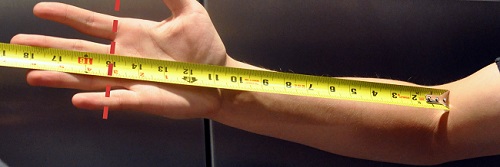
Credit: newtohockey.com
Common Glove Materials
Choosing the right material for ice hockey gloves is crucial. The material affects comfort, durability, and performance. There are two main types of materials used: leather and synthetic. Each has its own advantages and drawbacks.
Leather Vs. Synthetic
Leather gloves are often preferred by professional players. They offer a classic feel and mold to your hands over time. This creates a custom fit. Leather is also very durable.
Synthetic gloves, on the other hand, are lighter and more affordable. They dry faster and are easier to maintain. They don’t mold to your hands as leather does. They offer consistent fit and performance.
Pros And Cons
Leather gloves provide excellent durability and a custom fit. They can be more expensive and require more care. They may feel heavier than synthetic options.
Synthetic gloves are budget-friendly and lightweight. They need less maintenance. They offer less personalization in fit. The material can wear out faster than leather.
Maintaining Your Gloves
Proper maintenance of your ice hockey gloves is crucial. This ensures their longevity and performance. Regular cleaning and correct storage are key steps. These practices keep your gloves in good condition.
Cleaning Tips
Cleaning your ice hockey gloves is essential. This prevents the buildup of sweat and bacteria. Follow these simple steps:
- Remove any dirt or debris using a soft brush.
- Fill a sink with lukewarm water and mild detergent.
- Gently scrub the gloves inside and out with a soft cloth.
- Rinse thoroughly with clean water to remove soap residue.
- Pat dry with a clean towel and leave them to air dry completely.
Avoid using hot water or harsh chemicals. These can damage the materials.
Storage Recommendations
Proper storage is vital for maintaining the shape and quality of your gloves. Follow these tips:
- Store your gloves in a cool, dry place. Avoid direct sunlight.
- Keep them away from heat sources like radiators.
- Use a breathable bag for storage. This allows air circulation and prevents mold.
- Do not place heavy items on top of your gloves. This can deform them.
Regularly check your gloves for any signs of wear and tear. Replace them if necessary.
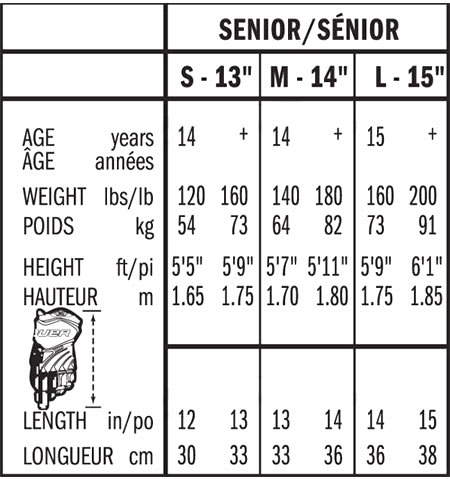
Credit: www.purehockey.com
When To Replace Gloves
Knowing when to replace ice hockey gloves is crucial for your safety and performance on the ice. Gloves that are worn out can affect your grip, protection, and comfort. Here are some key signs that indicate it’s time to replace your gloves.
Signs Of Wear And Tear
Look for visible wear and tear on the gloves. Check the palms first. If you see holes or thinning material, it’s time for new gloves. Examine the stitching. Loose or broken stitches can reduce protection.
Inspect the padding. If the padding feels flat or uneven, it won’t protect you well. Smell the gloves. A strong odor means bacteria buildup, which can be harmful. These signs show that your gloves are past their prime.
Upgrading For Better Performance
Sometimes, it’s not about wear and tear. You might need to upgrade for better performance. Newer gloves often have improved features. Advanced materials offer better protection and comfort.
Look for gloves with better ventilation. This keeps your hands dry and cool. Consider gloves with improved mobility. Enhanced flexibility helps you move freely. Upgrading can also enhance your grip. Better grip means better control over your stick.
Think about fit and comfort. New gloves should fit snugly without being too tight. Comfortable gloves improve your game. Upgrading your gloves can make a big difference in your performance.
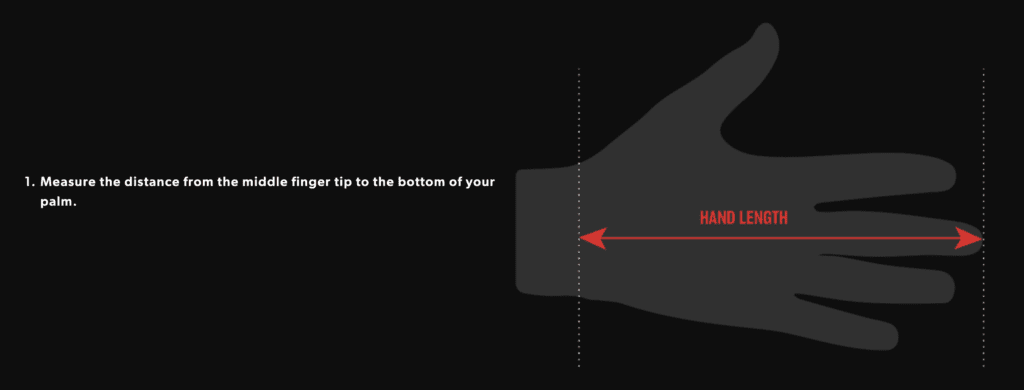
Credit: thehockeyguys.net
Frequently Asked Questions
What Size Ice Hockey Gloves Do I Need?
To find your glove size, measure from the base of your palm to the tip of your middle finger. Use this measurement to match the sizing chart provided by the glove manufacturer. Always try gloves on to ensure a snug fit.
How Do I Measure For Hockey Gloves?
Measure from the base of your palm to the tip of your middle finger. Use this measurement to find the right glove size in the manufacturer’s sizing chart. Ensure gloves fit snugly for optimal protection and performance.
Why Is Proper Glove Sizing Important?
Proper glove sizing ensures comfort, protection, and better control of the stick. Ill-fitting gloves can lead to discomfort and reduced performance. Always ensure your gloves fit snugly without restricting movement.
Can Kids Use Adult-sized Hockey Gloves?
Kids should use gloves specifically sized for their hands. Adult-sized gloves can be too large and reduce control. Always refer to the manufacturer’s sizing chart to find the appropriate size for children.
Conclusion
Sizing ice hockey gloves correctly ensures comfort and safety. Measure your hand accurately. Try on different brands. Check for a snug fit. Ensure fingers reach the tips. Don’t forget wrist mobility. Test for flexibility. Proper fit improves grip and control.
Invest time in finding the right size. Enjoy playing with confidence. Stay protected on the ice.

